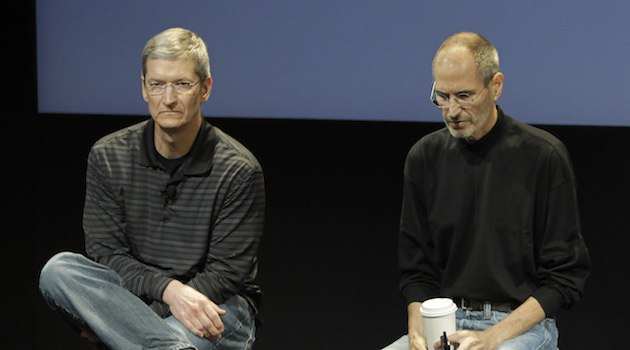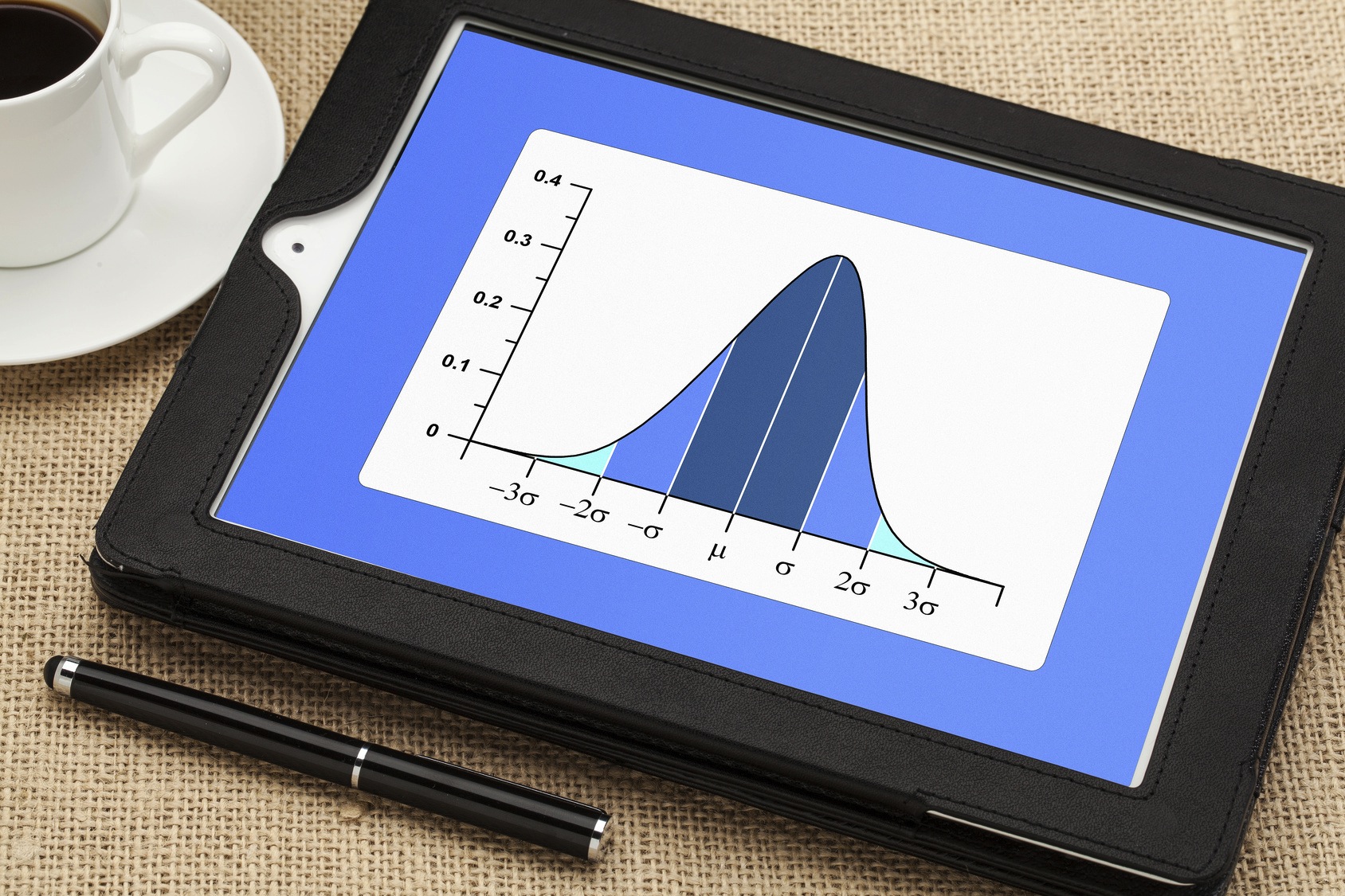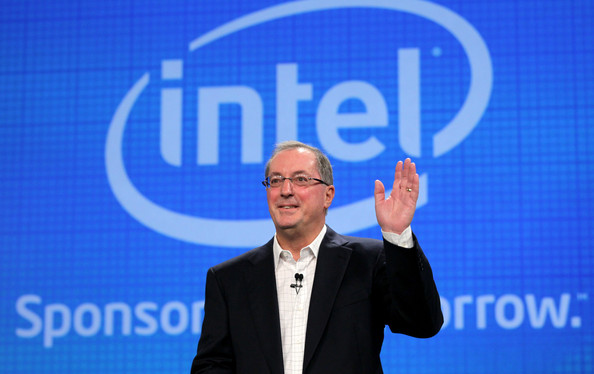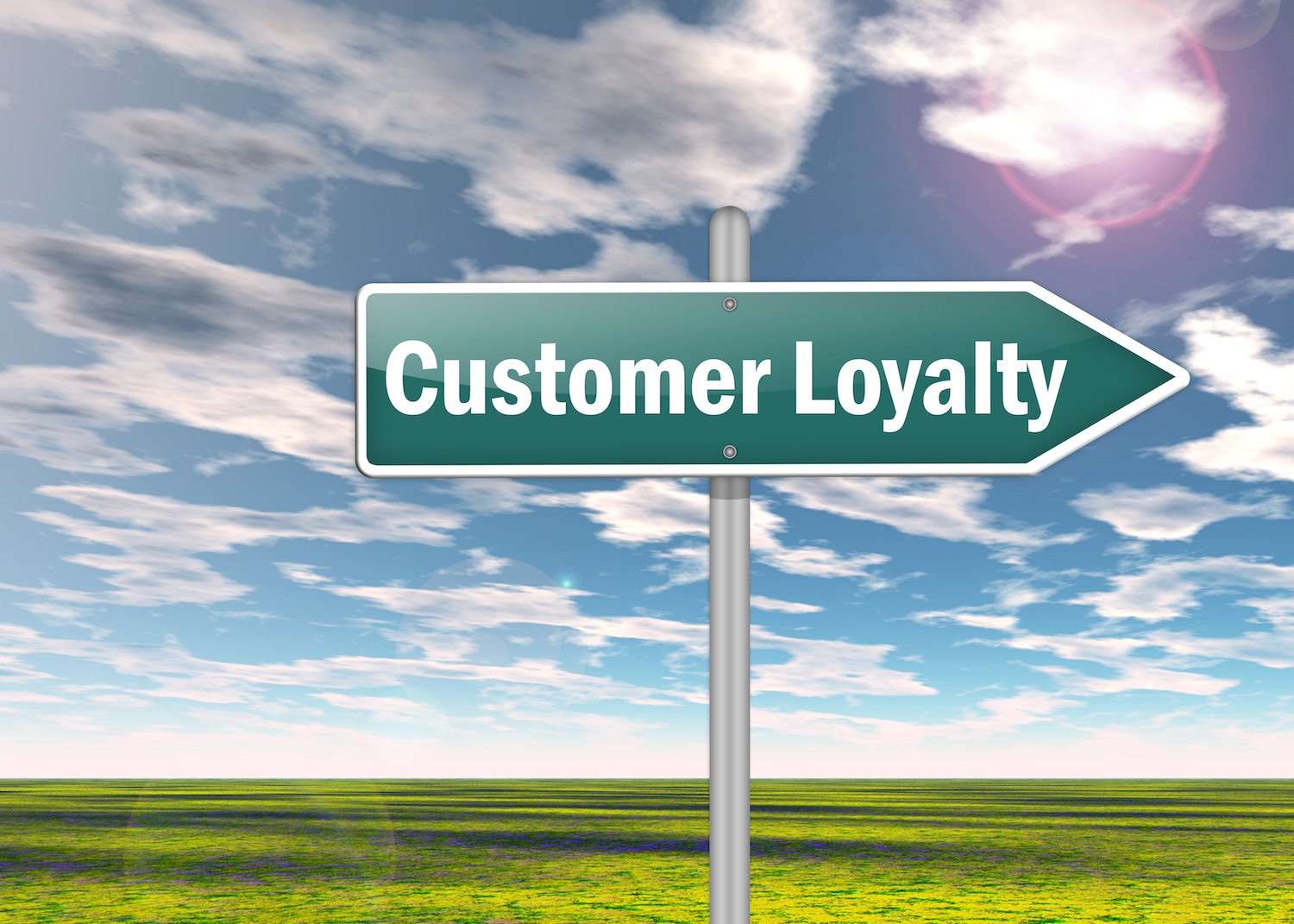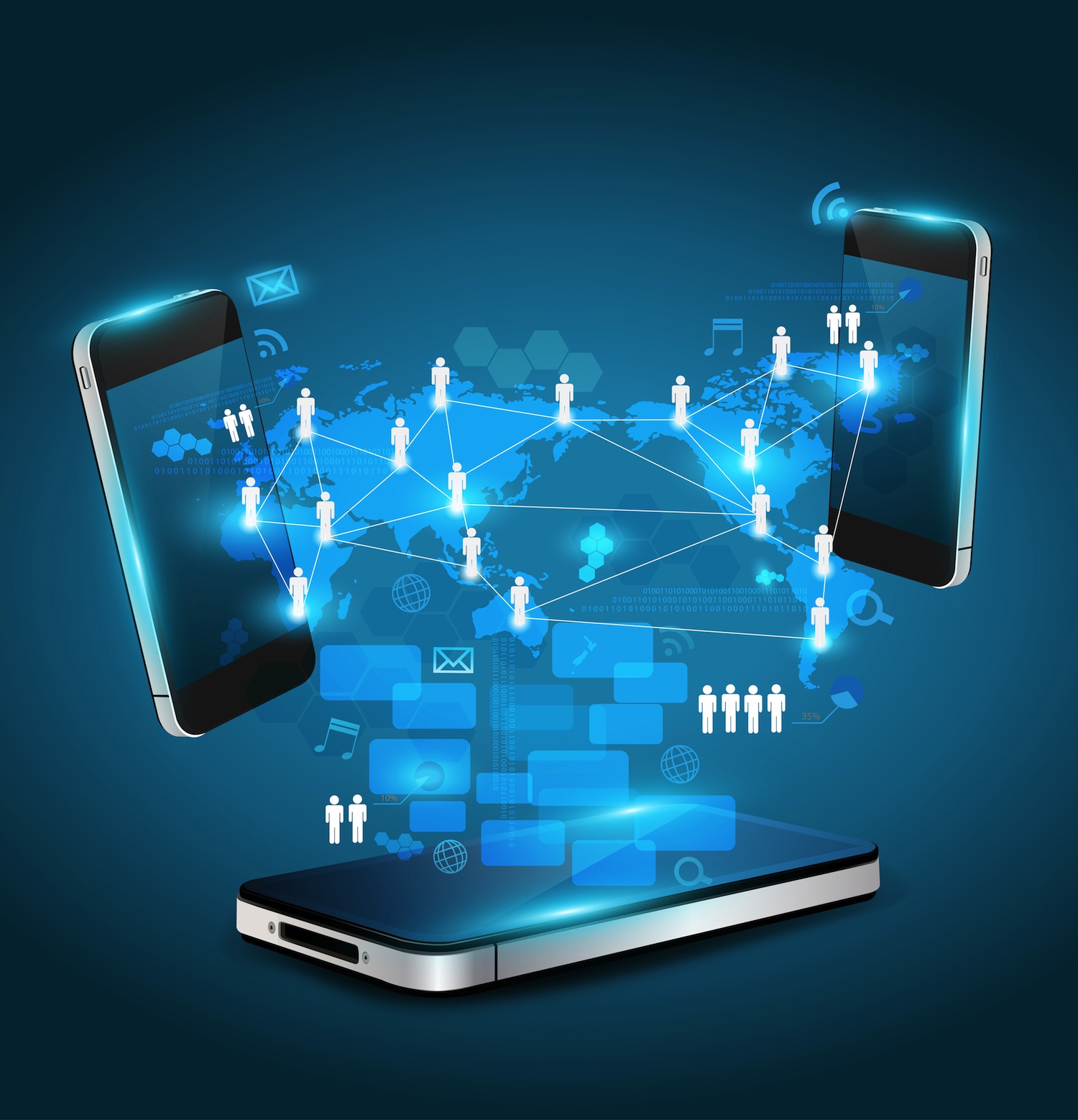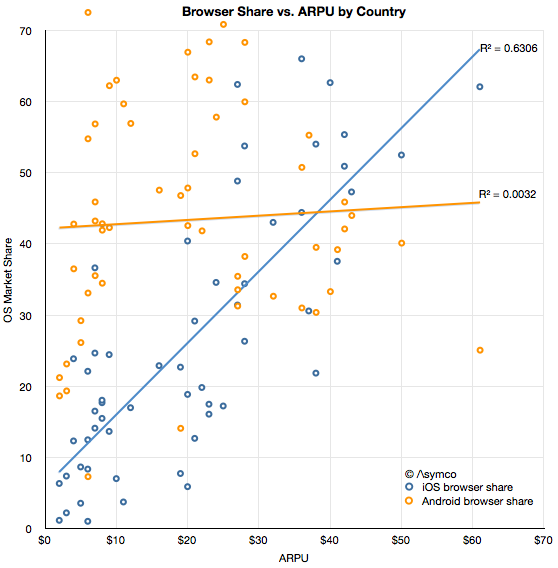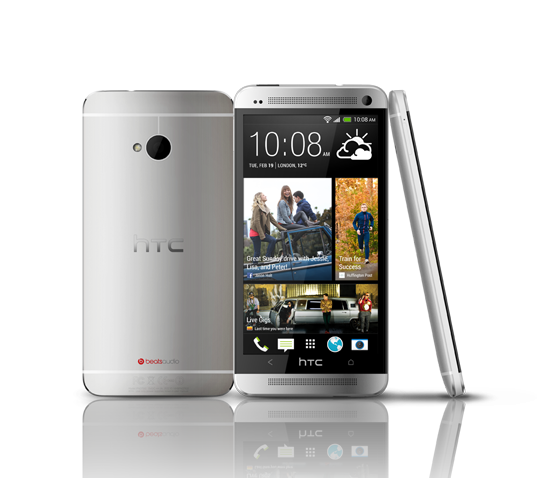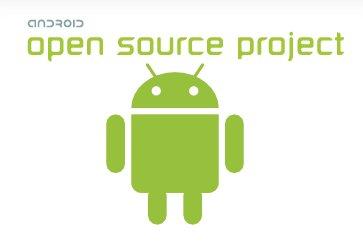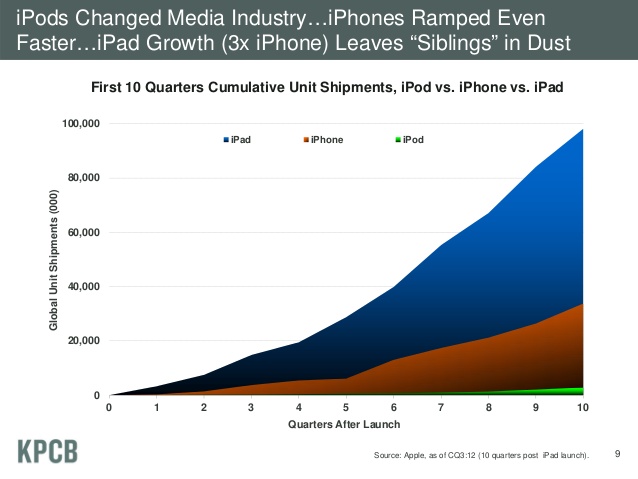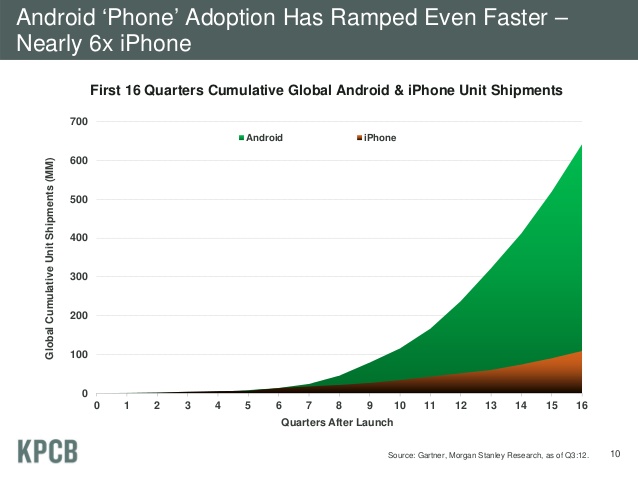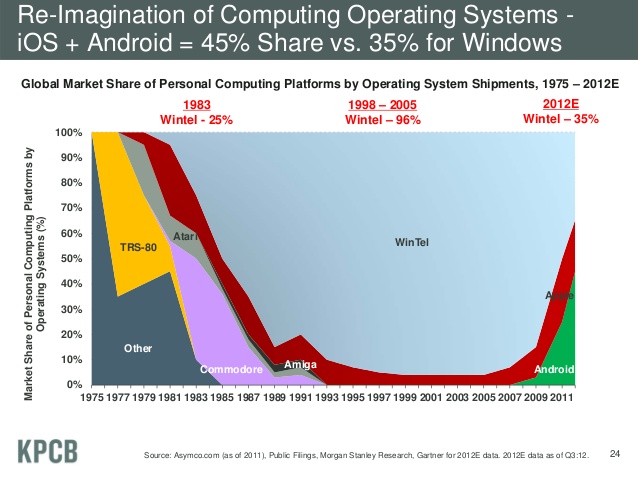Ambition is the last refuge of failure.
– Oscar Wilde
Apple held its much-anticipated iPhone launch event last week. The company offered up iOS 7, iPhone 5c, 5s, iTunes Radio, a “motion” chip, a 64-bit processor and several more goodies. The “one more thing,” however, turned out to be the reaction of the world. Neither awe, nor disappointment, really. Rather, a collective shrug of the shoulders.
It was plainly clear that the company missed the mark.
Except, this is not really true — at least, it’s not the full truth. The full truth is thus: we misread Apple at least as much as they misread us.
The Undiscovered Country
Anyone who labels the iPhone 5c as a “mid-tier” device does not understand the meaning of the term. The baseline version costs an incredulous $549 — not counting criminally high-margin bumpers. And this is the “low cost” iPhone we were all expecting?
Apple followers, Apple bloggers, and industry analysts were nearly universal in expecting a budget-priced iPhone. We were all wrong. Why?
Few companies plant and manage leaks as craftily as Apple. It was not “leaks” that caused us to expect a low-cost device. Indeed, that a few of the most well-connected Apple insiders started backtracking from this sentiment a week or so before launch was the leak.
The reason everyone was expecting a low-cost iPhone was because the entire world understands that now is the time for such a device. Great smartphones can be had for $200 – $400 all over the world. Apple’s competitors — Android, essentially — offer a slew of great devices with good hardware, great apps, great camera and great screen for under $400.
There is no excuse for Apple to not offer us a similarly priced similarly great device. It’s not about margins or greed. The company literally has more money than it knows what to do with.
The reason the bloggers, followers and analysts were all wrong, however, stems from a rather profound misunderstanding of Apple.
Apple cannot go down-market.
Asking Apple to go down market is like asking Microsoft to no longer charge for software. It runs counter to their history, their strategy, their culture and skill set, their strengths, their leadership and how they recruit, reward and incentivize their staff.
To go down market would likely require Apple to alter device specs — which would badly upset much-needed developers. To go down market would require Apple to outsource more of its production. It would require more deals with more carriers and retail outlets, offering them more leeway on pricing. It might require using other’s processors, other’s batteries, ramping up global manufacturing and sales capacity. Apple has close to zero experience with these. You can’t simply magically alter who you are. It’s hard enough just to try and buy your way into transformation.
Think Mercedes’ disastrous acquisition of Chrysler.
The faithful may argue that Apple refuses to chase market share. Or that Apple refuses to make lesser-quality products. Fine. But the fact is now plainer than ever before. There are companies in this world that can — right now — make awesome smartphones for under $400. Apple is not one of them.
Apple failed to deliver the low-cost iPhone we all were certain was coming. Yes, they failed us. But, it was our failure to expect from them something they simply cannot do.
The Next Generation
What Apple can do, of course, is make amazing mobile computing devices — the very best in the world. The iPhone 5s may be the best smartphone anyone can buy at any price. Not that you should.
A week after launch and I simply cannot get over the fact that the iPhone 5s is, uncharacteristically for Apple, less than the sum of its parts.
Apple had the perfect opportunity to offer the world an iPhone that featured radical improvements in camera specs, radical improvements in Siri, radical improvements in iCloud, and at least significant improvements in battery life. Instead, Apple tossed in a 64-bit (A7) chip, a “motion co-processor,” and a fingerprint scanner. How does any of this help you, the paying customer, here and now?
While the A7 chip will almost certainly improve device responsiveness and should enhance operation of the camera, the full value of the iPhone 5s may not be realized for possibly a year or more, as developers and industry partners catch up. Why pay for the privilege of being a beta user?
By the time you have wearable devices that make the M7 relevant to you, and by the time most games and apps take full advantage of the A7, will you even own your iPhone 5s? Possibly not. For most users, a 1-2 year lifespan is all their smartphone ever achieves. Then it’s on to the newest device. This was a missed opportunity.
The Wrath of Jobs
Apple may not have given us what we wanted, not really, not now, but they have nonetheless created a device that puts Microsoft on notice. This cannot be overstated. Indeed, I contend the biggest story to come out of last week’s Apple launch, and which almost no one is discussing, is the breadth of the assault Apple is readying for the enterprise, Microsoft’s final stronghold.
- Free iWork — with secure cloud included.
- The very best smartphone (and tablet).
- A secure ecosystem that welcomes enterprise-class apps.
- Working fingerprint identification.
- An M7 motion chip can both support and foster the healthcare, logistics and wearable computer industries.
- “Desktop class architecture” inside mobile devices. Yes, Apple gleefully reiterated the world “desktop.”
- True end-to-end ownership of the hardware and software, delivering the best reliability, customer support and security.
- The premier software developer community and the very best, most accessible, most secure software distribution platform. Yes, these all belong to Apple.
The PC is a relic of the 20th century. The smartphone is the computer. No one, still, is even close to Apple in this regard.
The Final Frontier
Techpinions analyst, John Kirk, noted that “Apple is quietly putting together the foundation for the next five to ten years. People seldom pay attention when foundations are being laid.”
I agree. Despite periodic missteps, Apple is relentlessly marching forward. Sadly, most of the world will never know.
I’ve long contended that Apple’s end game is thus: Siri (voice) + TouchID (fingerprint) + iCloud makes every Apple screen everywhere instantly available to you and fully personalized for you. That is as awesome as it is audacious. I’ve long hoped, however, that Apple could make this a reality for every screen, every user. This is a pipe dream, I’m afraid, and that’s never been more obvious.
Apple is designed to create amazing computing devices — just not for the vast majority of the world. That’s not really a failure, but it is unfortunate.
